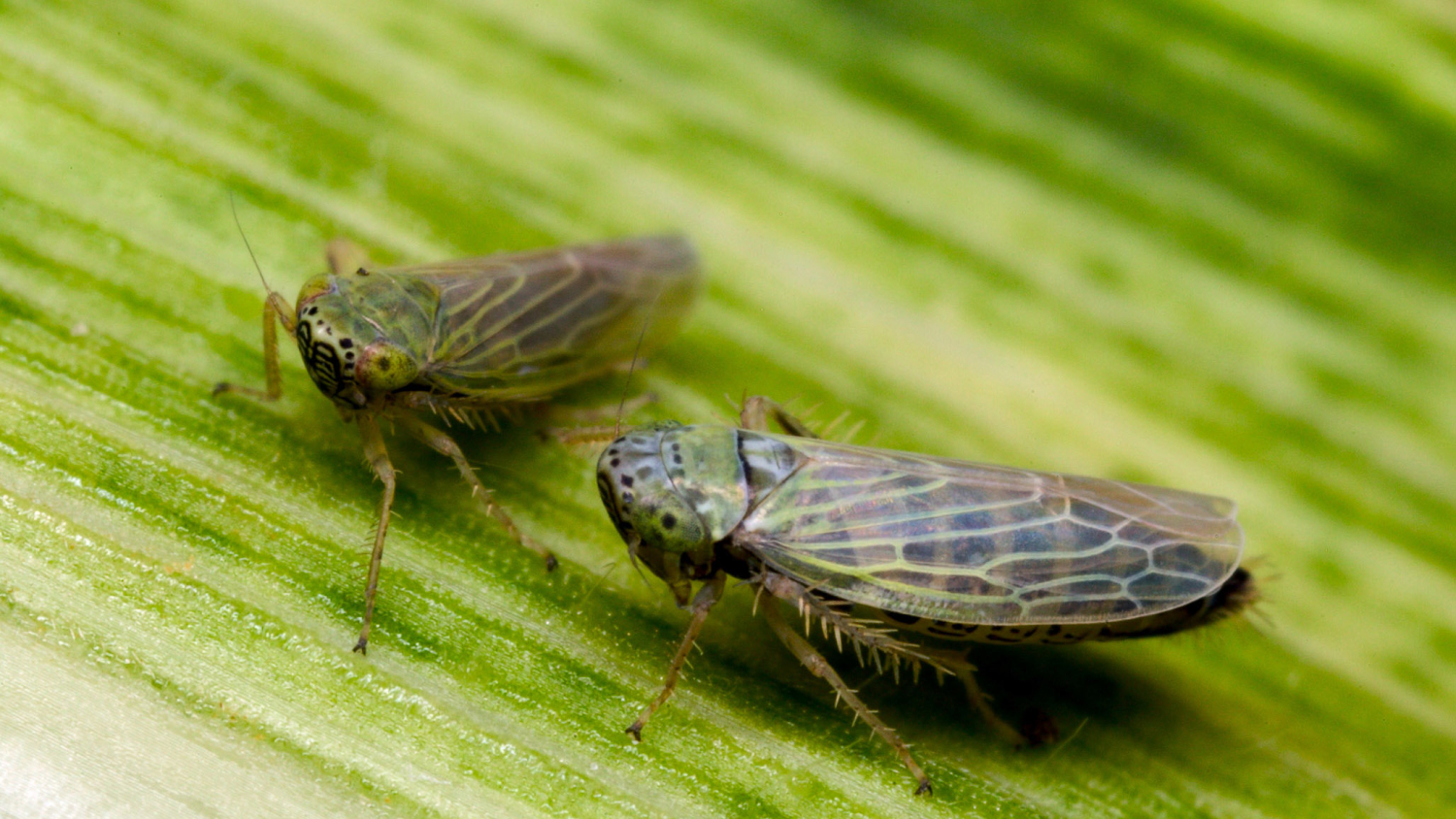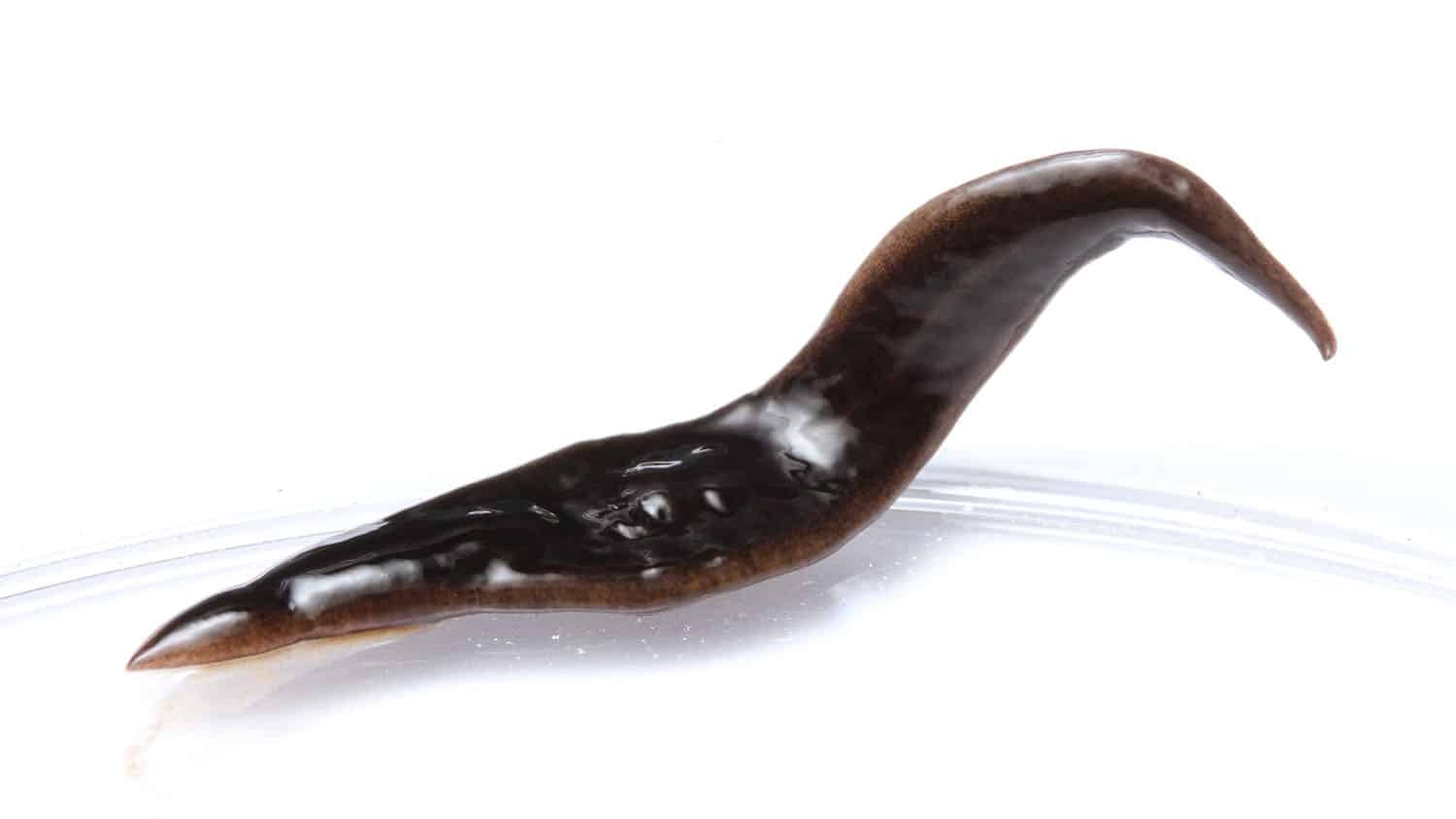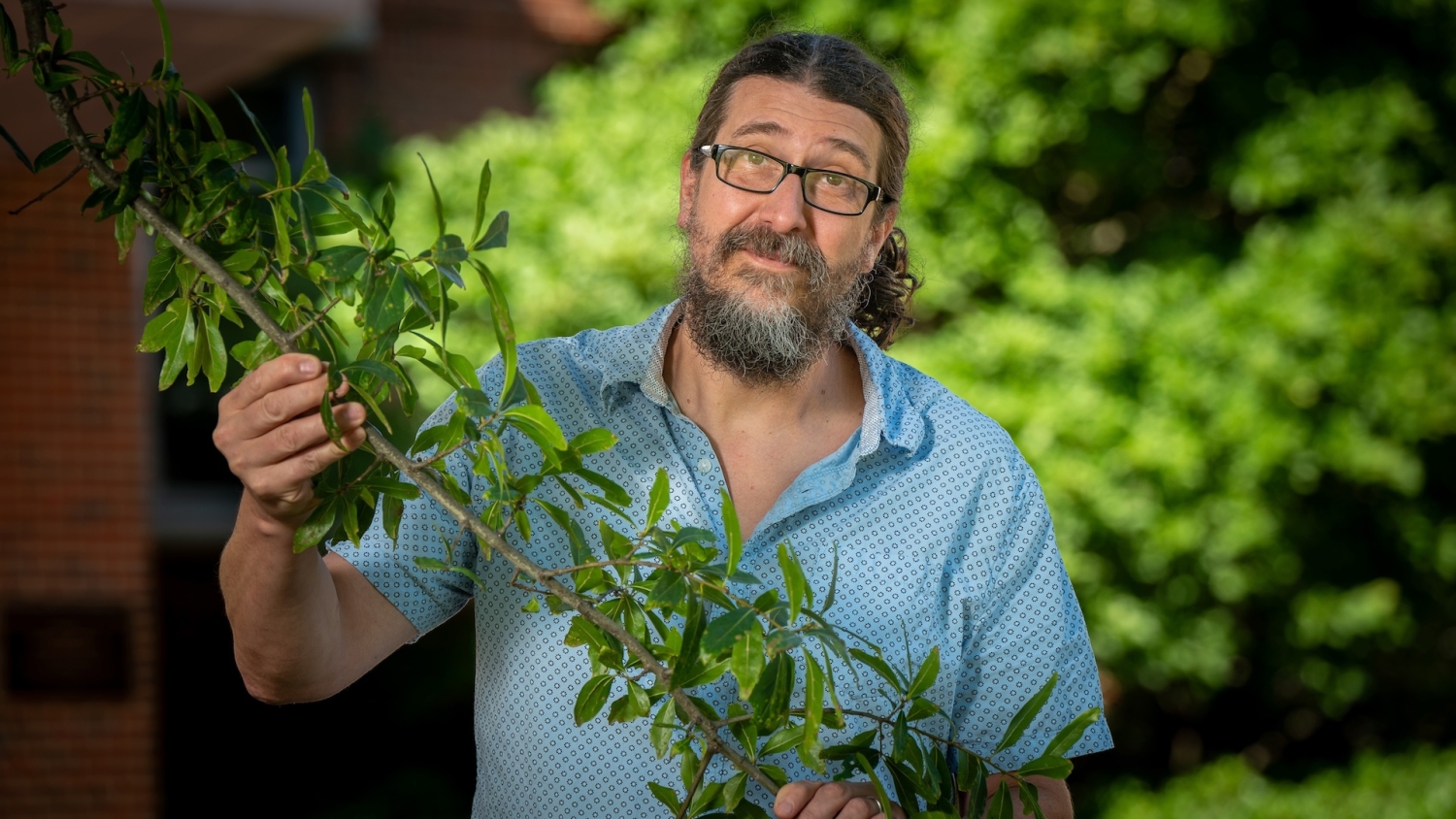Insect Allies: How the Enemies of Corn May Someday Save It

A new technology could make it possible to save a growing crop from imminent widespread disaster – whether drought, pest or disease.
And it doesn’t come in a pesticide sprayer.
Rather, scientists from The Ohio State University and partner institutions, including North Carolina State University, are using cutting-edge technologies from three scientific fields and combining them to provide an insect-delivered antidote, of sorts, to whatever ails a growing plant.
Dubbed “Insect Allies,” the project is being supported by a $10 million cooperative agreement with the federal Defense Advanced Research Projects Agency (DARPA).
Guo-Liang Wang, a molecular geneticist in the Department of Plant Pathology in Ohio State’s College of Food, Agricultural, and Environmental Sciences, and Peg Redinbaugh, a geneticist with the U.S. Department of Agriculture’s Agricultural Research Service (ARS) and an adjunct professor of plant pathology at Ohio State in Wooster, are co-leading the effort that includes scientists from ARS, NC State University and Oklahoma State University.
The team, including geneticists, virologists and entomologists, is focusing on four major stressors facing corn: viral and fungal diseases, insect damage, and drought.
“If there’s a widespread drought, but farmers have already planted a drought-sensitive hybrid, this will allow us to protect that crop in the field,” Wang said.
Piecing the Puzzle Together
The scientists are looking at modifying viruses to hold genetic information that will protect growing corn from one of the four stressors in the study. In the model they are trying to build, biologically modified insects, such as leafhoppers or aphids, would carry the virus and transfer it to corn plants when feeding. After the insects bite a corn plant, the virus would replicate in the plant’s cells, and the plant would express the helpful trait. The insect would then die soon after feeding.
“All three parts have been accomplished individually,” Redinbaugh said. “We know about editing the genome for maize. We know how to engineer insects. We know how to engineer viruses. Now we’re bringing them all together, doing the basic research to see if this is a possibility.”
“Leafhoppers and aphids already do a good job of delivering pathogens to plants. This project will demonstrate how these same insects can be used to deliver something good, like drought tolerance genes, to crop plants,” said Astri Wayadande, a vector entomologist at Oklahoma State and co-researcher on the project.
While the modifications would help a current corn crop, “they would not be passed on to the next generation. Farmers will be able to continue to use their seed as before,” Wang said.
Multiple safeguards are built into the research, he added.
Safety First
The study will be conducted at an ARS biosecurity level 3 facility at Ft. Detrick in Frederick, Maryland, with all testing done inside. “Our role includes conducting this exciting, innovative research in a safe, contained system,” said William Schneider, USDA-ARS plant pathologist at the agency’s Foreign Disease/Weed Science Research Unit.
The technology would not replace the need for breeding plants with resistance to stressors, Redinbaugh said. “If a disease is widespread in a region, growers should plant corn that has resistance to that disease built right into the seed.”
“The new technology might help stop a new disease from taking hold in a new location. The goal is to address an acute problem or prevent that problem from getting worse,” she said. “It’s intended to address catastrophic events that would affect the food supply.”
The technology could provide great benefits and advances to the research community as well, Wang said.
Anna Whitfield, an NC State professor of entomology and plant pathology, agreed, adding that “the project’s goal is to turn the pests and pathogens that are attackers of plants into their protectors.”
CRISPR Makes Research Possible
The scientists credit a relatively new, breakthrough technique called CRISPR-Cas9 with making the project possible. Compared to older gene editing technologies, CRISPR-Cas9 makes gene editing easier to perform and has a high success rate.
“Only a few short years ago, the project’s aims would have been pure science fiction,” said Marce Lorenzen, an NC State associate professor of entomology and plant pathology. “The CRISPR revolution has dramatically expanded the boundaries of what’s possible. The engineering feats required for the success of this project simply would not be possible, at least not in a timely or cost-effective manner, without the CRISPR-Cas9 nuclease system to create the necessary modifications to the insect and plant genomes.”
This post was originally published in College of Agriculture and Life Sciences News.


